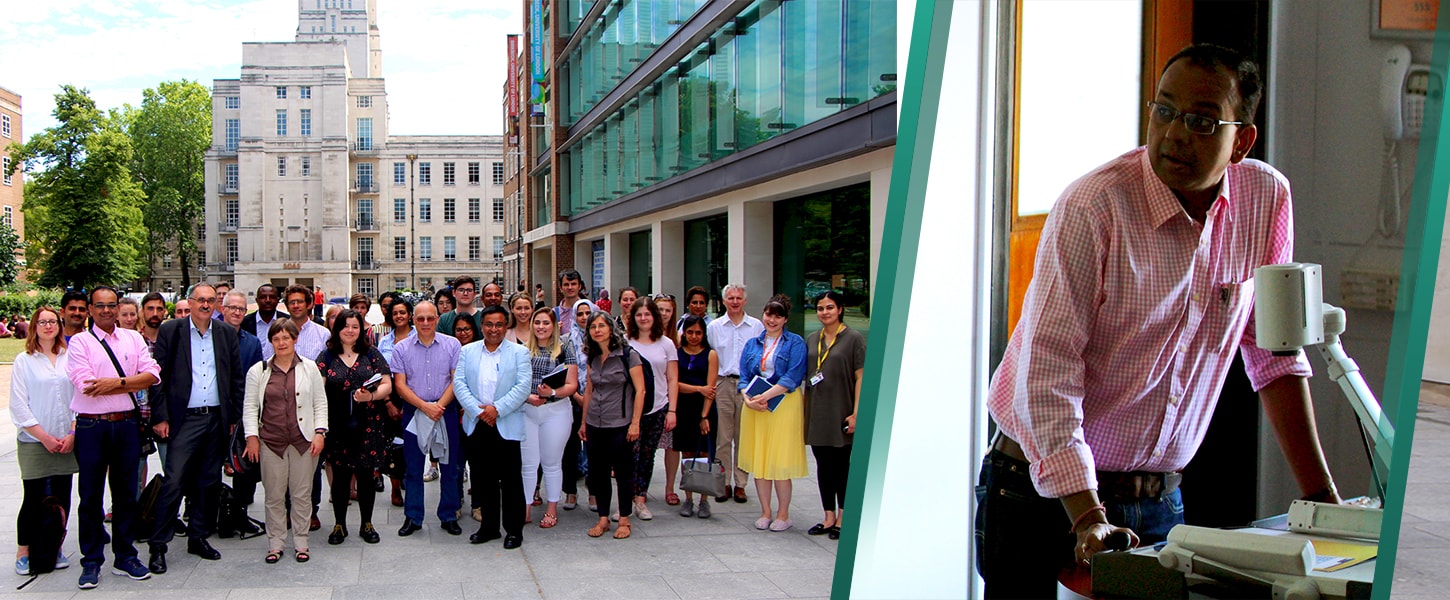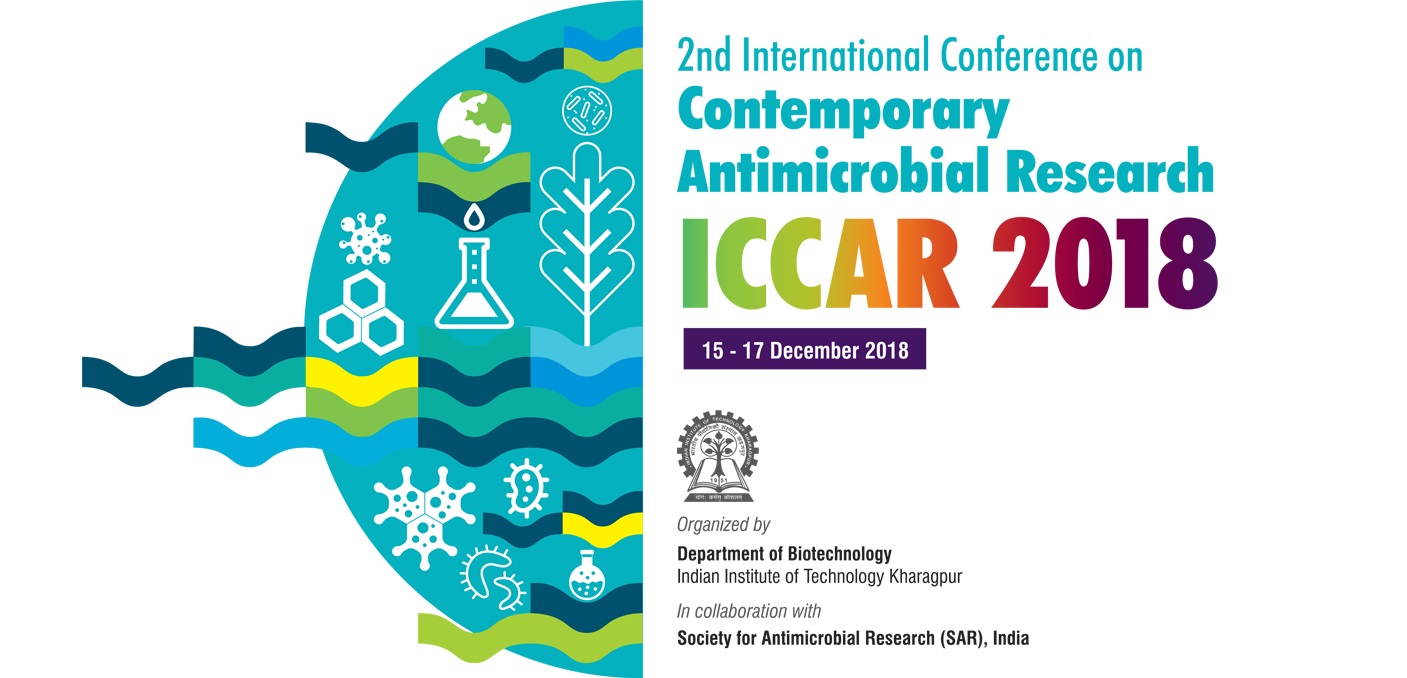
Combating the threat to humanity
“The biggest threat to human life comes from the smallest bugs,” reminded Prof. Anindya Sundar Ghosh, In-Charge of Molecular Microbiology Laboratory, Department of Biotechnology, IIT Kharagpur. He was recently at Birkbeck’s (University of London) Department of Biological Sciences to talk on “Penicillin interactive enzymes and tackling ß-lactam resistance in mycobacteria”. The occasion was provided by an international capacity-building workshop on the subject of antimicrobial resistance sponsored by the global challenges research fund (GCRF). Prof. Ghosh says, “The development of antimicrobial resistance is an evolutionary process and is inevitable as it involves the transfer of genes from one bacterium to another.…

